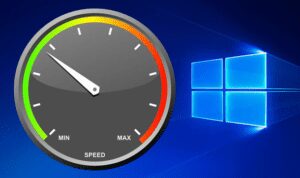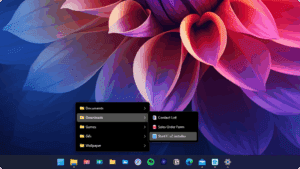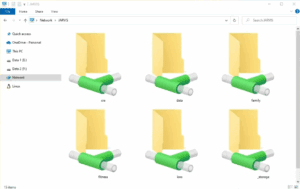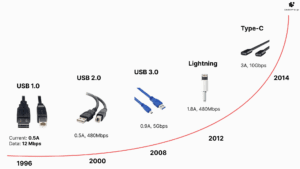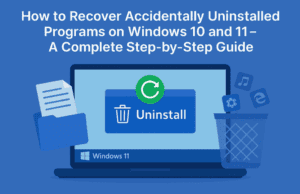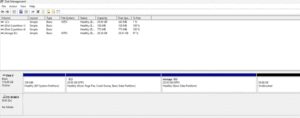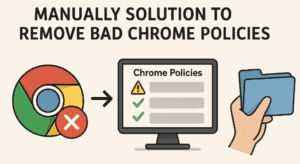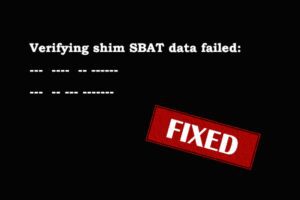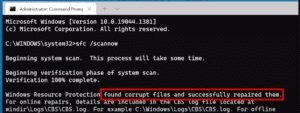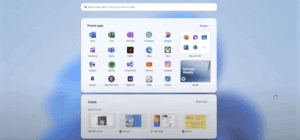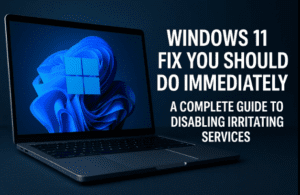The buzz around Windows 12 is growing, with users eager to know when it will arrive and what new features it will bring. In this article, we will dive into the expected release date, the exciting changes in Windows 12, and its hardware requirements. Let’s explore everything you need to know about this upcoming operating system.

Expected Release Date of Windows 12
According to reports, Windows 12 is anticipated to launch between the end of October and early November 2025. This time frame aligns with previous major releases from Microsoft, which have typically occurred in the fall. As of now, the waiting period is roughly one year, giving Microsoft time to finalize the last Windows 11 update—version 2482—before unveiling Windows 12.
Features and Changes in Windows 12
Windows 12 is set to introduce a wide range of updates, many of which focus on AI integration and a more user-friendly interface. While there haven’t been many leaks, here are some of the major features and changes expected in the new version:
Enhanced AI Integration
Artificial Intelligence (AI) is set to play a major role in Windows 12. Microsoft will build upon the AI features already seen in Windows 11 23H2 and 24H2, expanding their capabilities. Expect smarter systems that understand user behavior better and offer personalized suggestions, such as improved file and folder suggestions in File Explorer and more intuitive recommendations in the Start menu.
User Interface Overhaul
A key highlight of Windows 12 is its revamped user interface. For example:
- The system tray—traditionally located at the bottom of the screen—will move to the top, offering a cleaner, more modern look.
- A weather icon will be added, providing quick access to real-time weather updates, while notification icons will shift towards the top of the screen.
This change aims to give Windows 12 a mobile-like feel, making it more intuitive and aligned with the modern trends of operating systems used on smartphones and tablets.
Virtual Assistant and More
Windows 12 may introduce a dedicated virtual assistant, bringing even more AI-powered functionality to the desktop experience. This virtual assistant could help users streamline tasks, make suggestions, and enhance productivity by integrating more deeply into the operating system.
Additionally, Windows 12 will introduce new AI-driven tools and features, giving users more control and personalization over their computing environment.
Hardware Requirements for Windows 12
With the increased integration of AI and other advanced features, Windows 12 will come with slightly higher hardware requirements compared to its predecessors. Here’s what you’ll need to run it smoothly:
- Processor: A CPU with at least 1 GHz speed.
- Graphics Card: A graphics card with two cores minimum and support for DirectX 12.
- TPM 2.0: Trusted Platform Module (TPM) 2.0 will be mandatory.
- RAM: While 4 GB will be the minimum requirement, it is recommended to have 8 GB to fully leverage the new features of Windows 12.
These requirements aren’t vastly different from Windows 11, but the additional AI-driven features in Windows 12 will need better processing power and hardware.
Final Thoughts
In summary, Windows 12 is set to deliver exciting changes with its focus on AI, a redesigned user interface, and enhanced functionality. With a predicted release date in late 2025, users still have some time to prepare. In the meantime, they can enjoy the final updates to Windows 11, particularly version 2482, which offers new features to explore before the big release.
Windows 12 promises a smarter, more intuitive user experience, making it an exciting upgrade for users across various industries. Stay tuned as we approach the official launch date, and get ready for a more AI-powered future with Windows 12.
Hashtags: #Windows12 #Microsoft #AIIntegration #OperatingSystem #TechNews #HardwareRequirements #SystemUpdate

